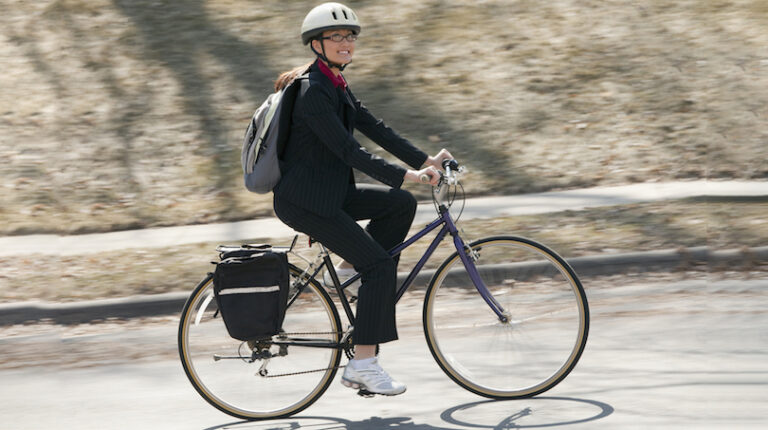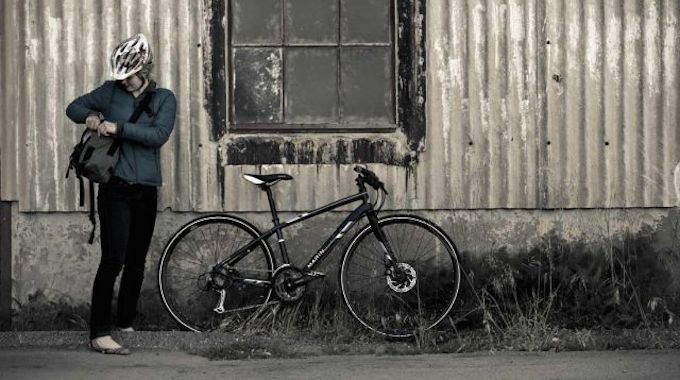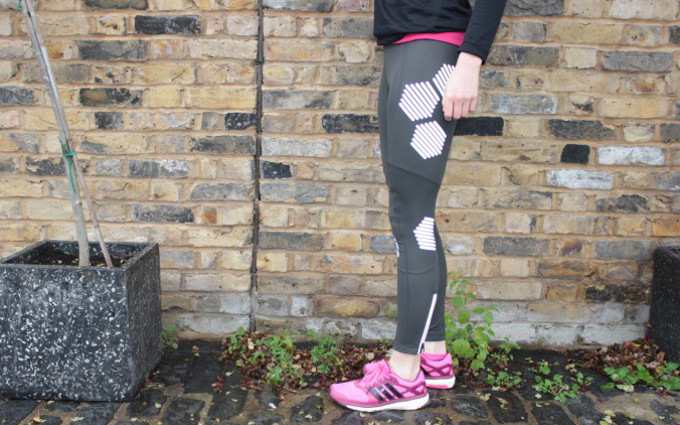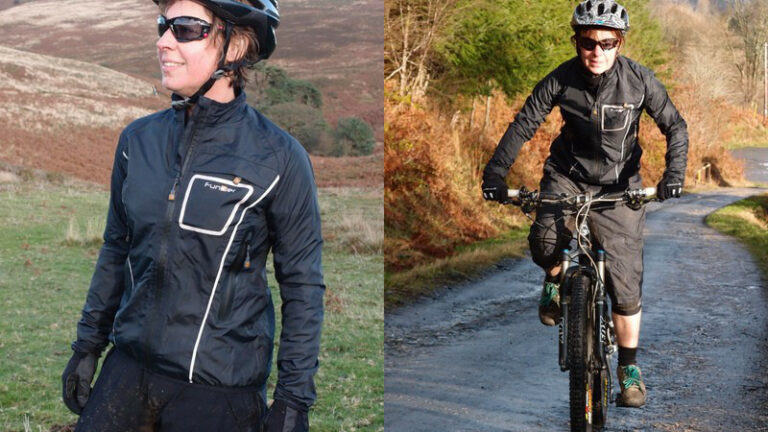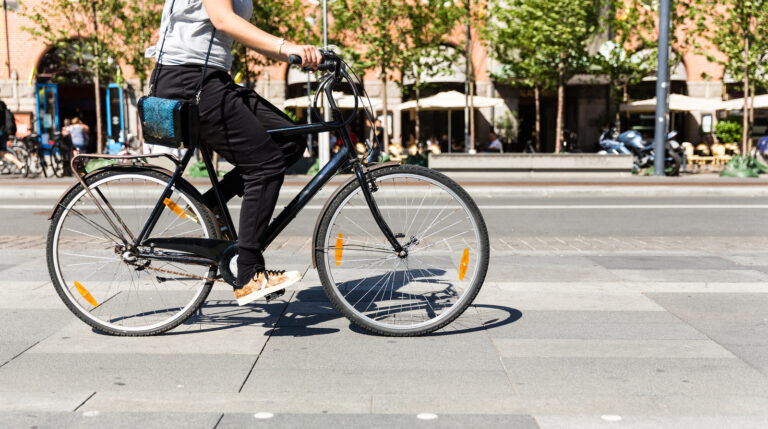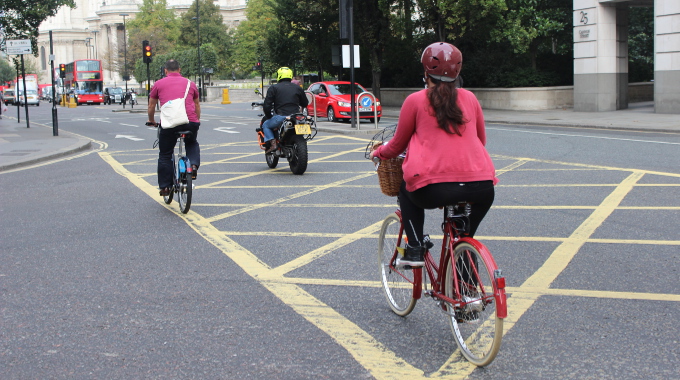
Obviously any bike can be a ‘commuter bike’, as we’re sure there’ll be some flamboyantsoul out there somewhere who even travels to and from work on a Penny Farthing, but some styles really are more suited to the task than others.
How suited? Well that really depends on the type of terrain your journey entails, the distance of your twice-daily spin, your living arrangements of all things and dare we mention it, even such a shallow thing as looks.
So…with all that in mind we’ve selected a metaphoric ten-mile tailback of bikes to put through their paces, drawn from five very different categories which we think are perfectly suited to the task in their own unique way.
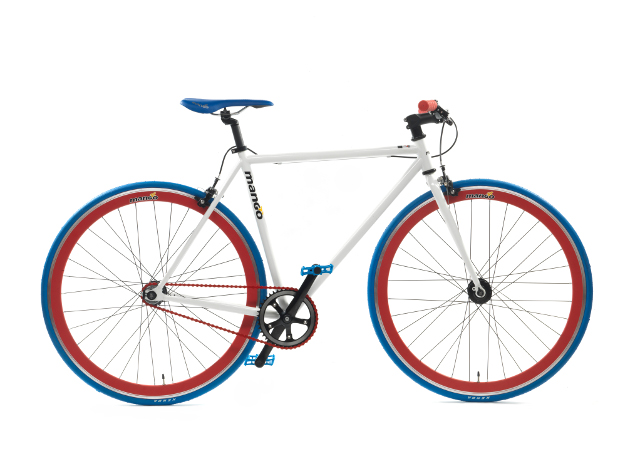
Now produced by every bike manufacturer under the setting sun, the modern off-the-peg singlespeed will come equipped with a flip-flop hub, so you can also ride fixed if you wish, be decked out with caliper brakes front and rear that you may also wish to remove if the mood takes you, be sat astride 700c road tyres and will be constructed from steel or aluminium.
Relatively light, and easy to maintain, due to their lack of fiddly derailleurs, hub gears or shifters, singlespeeds are best suited to short, nippy journeys through Britain’s urban sprawl.
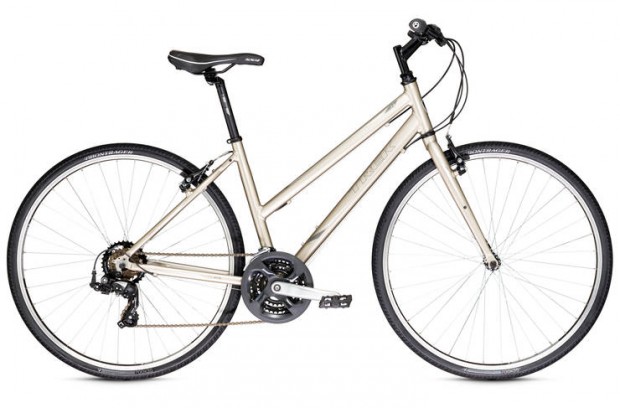
Loosely coupling the best facets from both road and mountain bikes, hence the name, a hybrid will tend to be constructed from aluminium, generally using a more relaxed version of an MTB geometry, have flat bars, usually a wide range of gears supplied by derailleurs, or in recent years a hub, and may well be kitted out with a suspension fork.
Or it could be none of the above, a steel road style tourer, but with disc brakes, a hybrid’s, hybrid if you will. Whatever the moniker these bikes aim to offer riding options outside of just commuting.
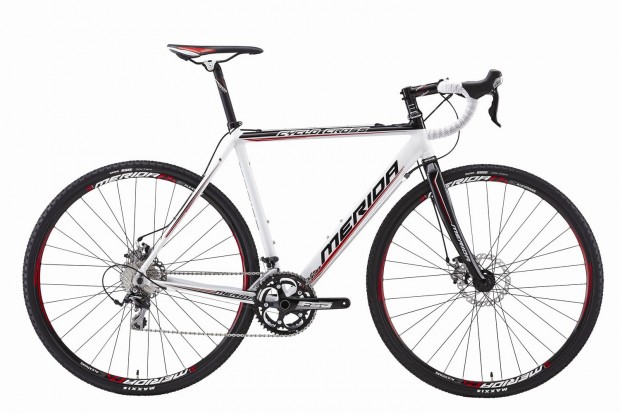
At its most basic, essentially a beefed-up road bike, built specifically for racing through wintry muddy fields, cyclocross bikes are now seen by many, not least us, as a valuable commuting commodity. Featuring fatter knobbly tyres, greater tyre clearances to accommodate them, and the mud, a shorter wheelbase and usually smaller chainrings than on a road bike, cross bikes also have cantilever brakes rather than calipers and their cable routing runs across the top tube so as you can shoulder the bike comfortably while running up a sludgy hill racing cross.
Slightly heavier to haul and slower than a road bike across smooth tarmac, cross bikes are however more rugged than their road cousins and are the perfect option for jarring commutes across potholed city streets or rutted fields alike.
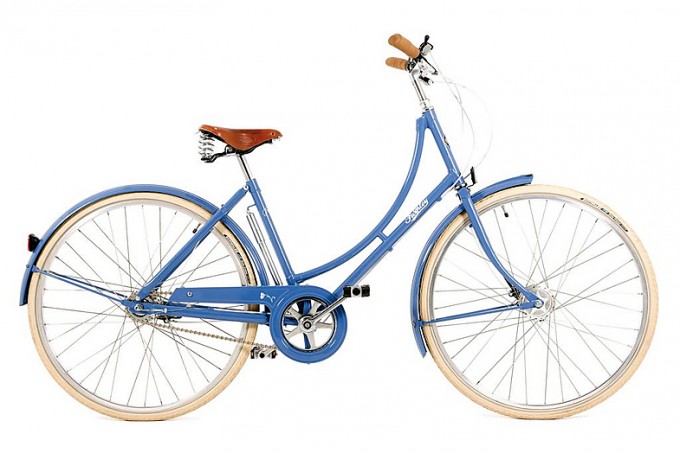
Offering a more sedate platform for one’s ride to work, classic upright bikes afford the commuter a relaxed, straight backed, riding position.
Constructed from steel or aluminium and often featuring hub gears, roller brakes, chain cases to keep the road grime off of your trouser legs, dynamo lights, mudguards, racks and heaps of old-world styling (but not always as you’ll see) they’re best suited for relatively short, leisurely-paced journeys which preferably won’t involve hauling it up a set of stairs, as with all kit they don’t tend to be too light.

Produced typically from aluminium, different manufacturers offer a variety of novel folding methods, closure mechanisms and indeed wheel sizes, in order to try and balance a ‘big bike’ ride quality and feel with the smallest and easiest possible fold.
Offered as singlespeeds or equipped with hub gears or derailleurs, and even suspension on some makers’ models, while the componentry options and innovation is seemingly boundless, they’re all aimed at people who are either short on space to house their bike, or want to be able to lob it into a car boot or onto a train or bus with the minimum amount of fuss.

